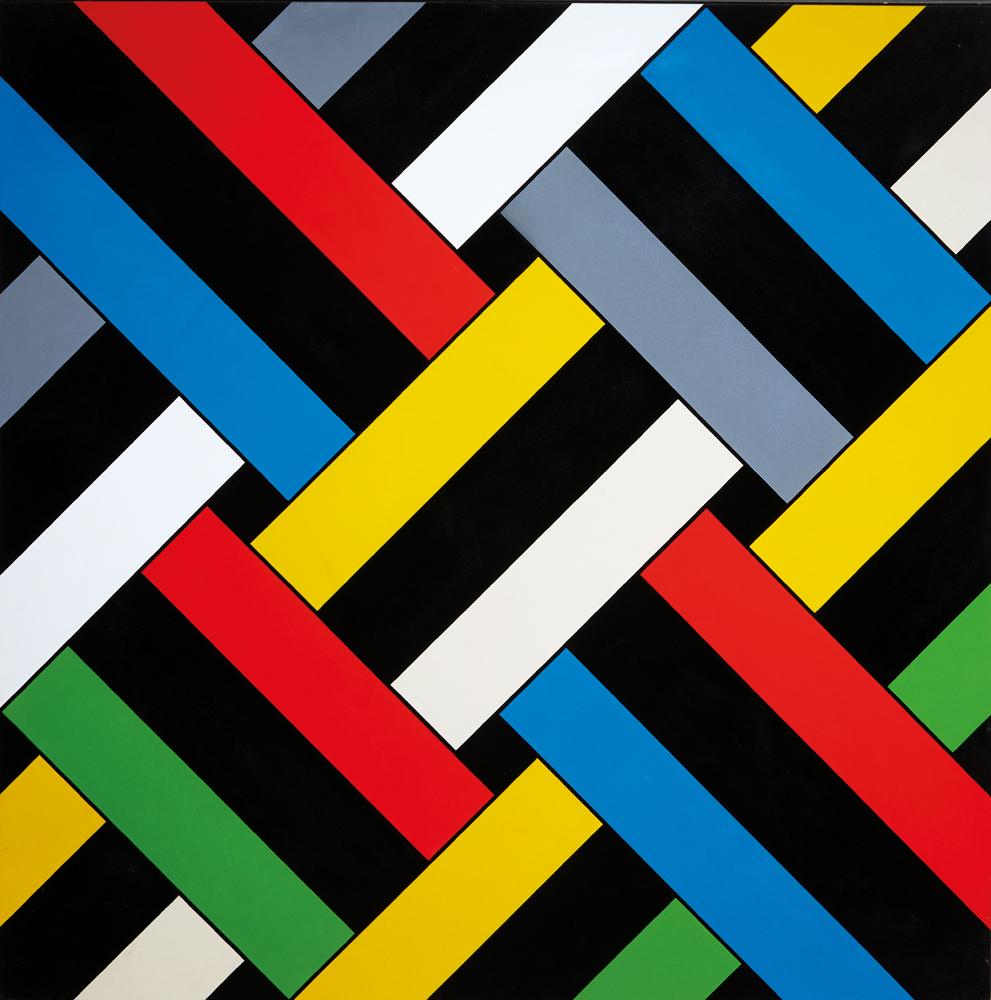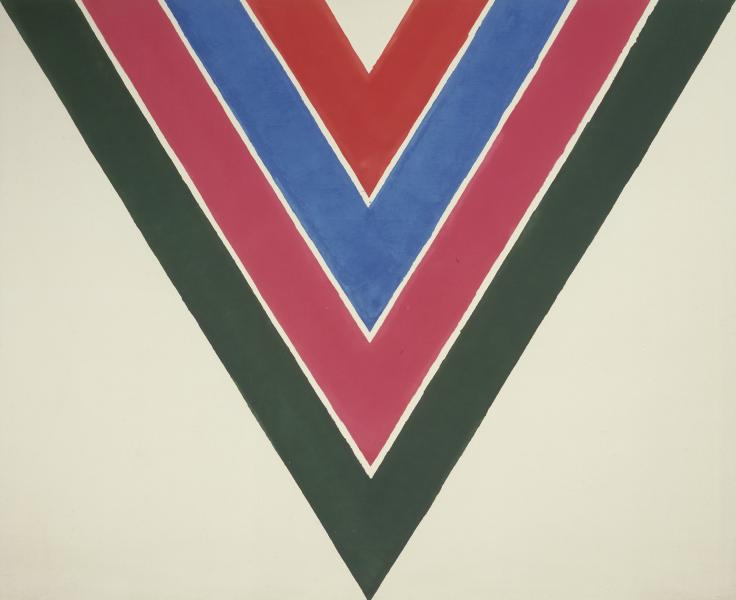Ian Scott’s Lattices
August 2020

Unceasingly for nearly forty years until his death, English born New Zealand artist Ian Scott produced abstract paintings of the grid. The representation of the grid, as described by American art critic Rosalind Krauss, is a defining principle of twentieth century Modern art. From Cubism to De Stijl, and American Minimalist Donald Judd to American painter Agnes Martin, the reoccurring motif enabled artists to detach their work from the imperfect happenings of the twentieth century. Rather than represent the chaos, trauma and inequity of their world grappling with technological, economic and political change, abstraction and the grid, presented an opportunity for artists to cage narrative and emotion behind unyielding bars of non-representational lines — offering art works as not yet imagined spaces to reconceive the world anew.

Following this lineage, Scott’s Lattice series represents an important contribution to the history of abstraction in New Zealand. Each work in the series forms part of Scott’s larger mission to explore the potentiality of formal qualities in painting such as colour, line, form and pattern in shaping meaning and the perception in art. Appearing as if interwoven together, the repeated diagonal bands of colour operate as extensions of the canvas. The angularity, flatness and repetition of these bands replicate the weave and shape of the canvas. By echoing the physical form of the canvas in the contents of the painting, the Lattice works are a self-referential intellectual puzzle of sorts, commenting on the relationship between painting, abstraction and the canvas.
When reading these works, Scott’s compositions contain a fictive depth; there is a 3D illusionistic space within these paintings despite the work’s flat surface. This challenge to the viewer’s perception forces a “moving back” of the viewer in order to understand the ambiguities and spatial illusions of Scott’s grid. This second moment of viewing and comprehension forms part of their pleasure.

Collection, Smithsonian American Art Museum.
Painting in west Auckland for most of his career, Scott incorporated subtle references to architecture and objects such as deckchairs and fences into his paintings. Part ode to his surroundings, this decision also reflected his desire to localise and contextualise the utopian vocabulary and culture of Euro-American Modernism which informed his practice. Artists of this genre, including American abstract expressionist Kenneth Noland, are also typified by the lack of physical brushwork and the use of acrylic paint, paper or canvas supports, and masking tape used to ensure the machine-like accuracy of the paint application — steadfast qualities of Scott’s series.
Through this interest in these global artistic dialogues, Scott’s abstraction came to represent an important thread in New Zealand art history, offering an unique, geometric and bold coloured counterpoint to the work of Scott’s contemporaries, including the successful painting practices of Ralph Hoetere (1931 – 2013) and Colin McCahon (1919 – 1987), the latter his teacher while Scott studied at Elam School of Fine Arts, Auckland, who tended to use a darker colour palettes and more expressive linework.
Examples of Scott’s lattice works are held in New Zealand Institutions such as Auckland Art Gallery Toi o Tāmaki and Museum of New Zealand Te Papa Tongarewa.
END.
This text was originally commissioned and published by Webb’s Auction House.